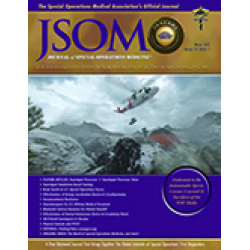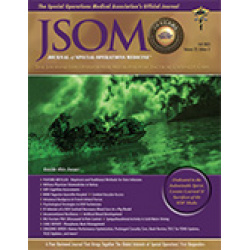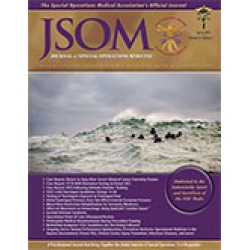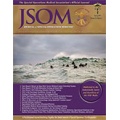Latest Products
Cutaneous Leishmaniasis
Burnett MW 15(1). 128 - 129 (Journal Article)
Cutaneous leishmaniasis is the most common form of leishmaniasis, which also appears in mucosal and visceral forms. It is a disease found worldwide, caused by an intracellular protozoan parasite of which there are more than 20 different species. The disease is transmitted by the bite of an infected, female, phlebotomine sand fly, causing skin lesions that can appear weeks to years after a bite. A typical lesion will start out in a papular form, progressing to a nodular plaque and, eventually, to a persistent ulcerative lesion. Special Operations Forces medical providers should be aware of this disease, which must be in the differential diagnosis of a patient who has lived in endemic areas and who has a persistent skin lesion nonresponsive to typical therapies.


 Español
Español 





